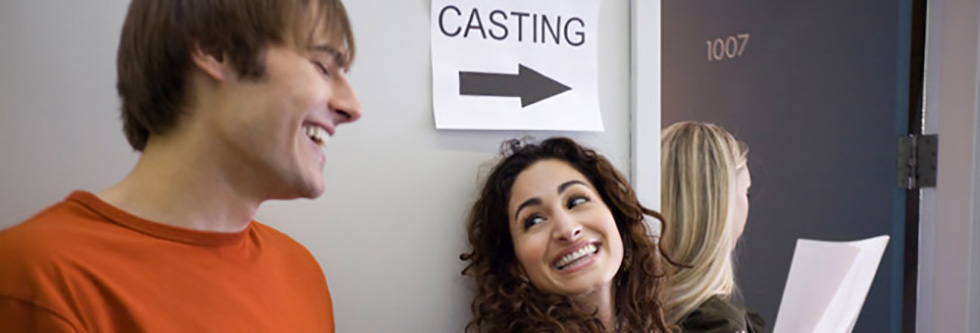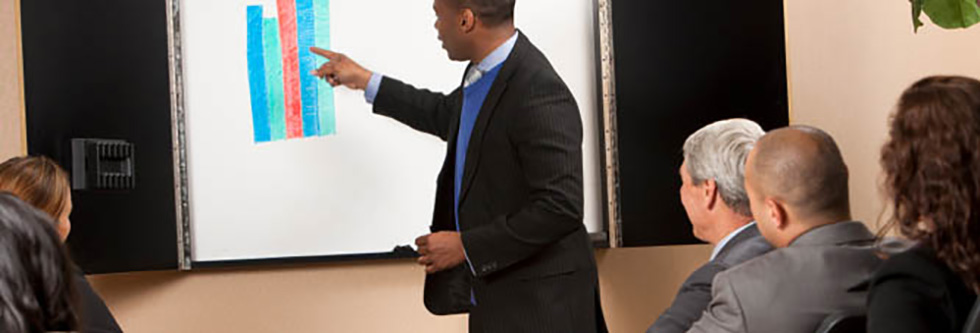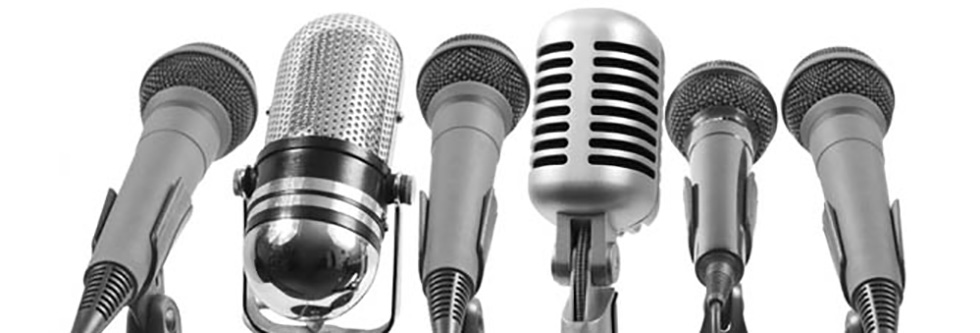Accent Reduction Tips: How Do You Pronounce The /p/ And The /b/ Sounds?
The /p/ and the /b/ are cognates, or pairs, that are usually taught together. Both sounds are bilabial plosive consonant sounds, meaning that you use both lips when you articulate these sounds and end the sound with a puff of air. The difference, however, between the /p/ and the /b/ is that one is voiceless, meaning the vocal cords are not vibrating during production, and the other is voiced, produced with the vocal cords vibrating. If you do not learn the correct production of these sounds, it can lead to listener confusion.
The /p/ Sound
The /p/ sound is a voiceless sound, made by gently bringing your lips together and then releasing them with a puff of air. In fact, if you hold a single sheet of paper in front of your mouth when saying the /p/ sound or a word that begins with /p/, you will notice that the paper moves slightly. This is good feedback to let you know that you are correctly articulating this sound. The /p/ sound is most frequently represented by the letter /p/ such as in the words pencil and pie. There are some cases, when the letter /p/ is silent. For example, when you have words that contain two /p/s such as happy, supper, and dripped, only one /p/ is pronounced. Also, the /p/ sound is silent, or not pronounced, when it is followed by the following letters: /n/, /s/, or /t/. Examples of this are in the words pneumonia, psychology, and ptomaine. The letter /p/ can also be found in the consonant combination of /ph/ such as in the words phone or photograph. In these cases, the /ph/ is pronounced as an /f/ sound.
The /b/ Sound
The /b/ sound is a voiced sound, which is also made by bringing your lips together and exerting a steady pressure on your lips. This helps to create a tone that results from vibration of the vocal cords. To complete the /b/, the lips need to open and emit a puff of air. However, the puff of air produced is not as strong for the /b/ sound as it is when you are producing the /p/. The letter /b/ is a very reliable sound, meaning that typically when you see the letter /b/ in a word, it is pronounced as a /b/ sound. The letter /b/ occurs in words such as bat, boy, and baby. As with the /p/ sound, when the /b/ sound is doubled, such as in lobby or hobby, the /b/ is only pronounced one time. The letter /b/ is also silent when it follows the letter /m/ such as in the words climb, lamb, or bomb. The /b/ is also silent when it precedes the letter /t/ such as in the words doubt and debt.
Practice Pronouncing the /p/ and the /b/ Sounds
Now that you know how to pronounce the letters /p/ and /b/, practice producing this sound in the following contrasting pairs. Make sure that the words sound different. You can record yourself as you are practicing, then listen to the recording, to check for accuracy.
buy pie
bee pea
bay pay
buck puck
back pack
bat pat
beach peach
After you have successfully pronounced these two consonants in the beginning or initial position of words, try to say the following words, ending with the sounds that you have learned.
cab cap
mob mop
sob sop
tab tap
lab lap
nab nap
pub pup
It is always helpful to use a mirror to make sure that you are producing these sounds correctly. Visual feedback reinforces correct placement. Continue to practice the /p/ and /b/ on a daily basis so that you create the muscle memory needed to pronounce these sounds automatically. Good luck with your practice!









Leave a Reply